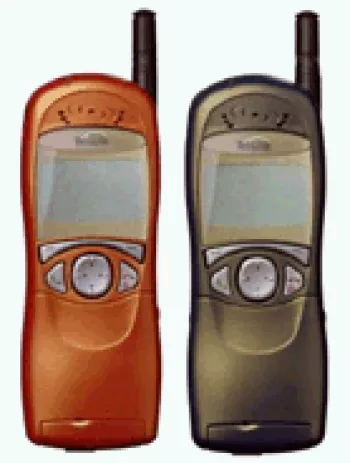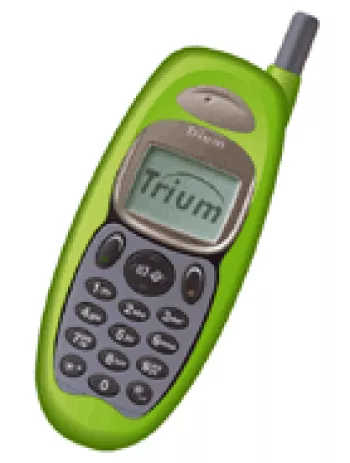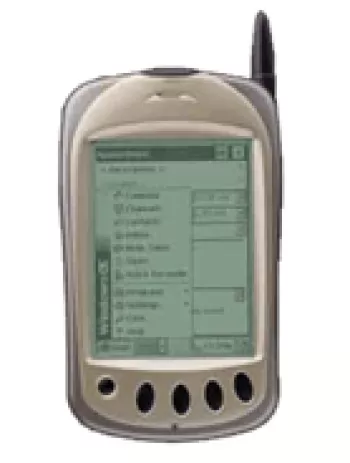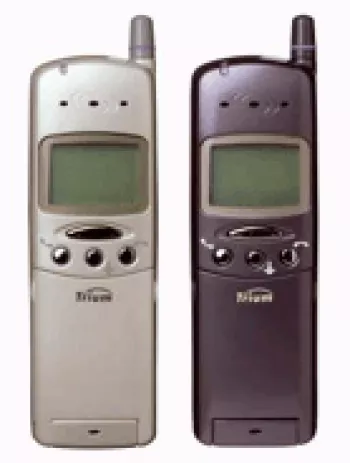Mitsubishi M350 Specs Pricing Pros & Cons Unveiled
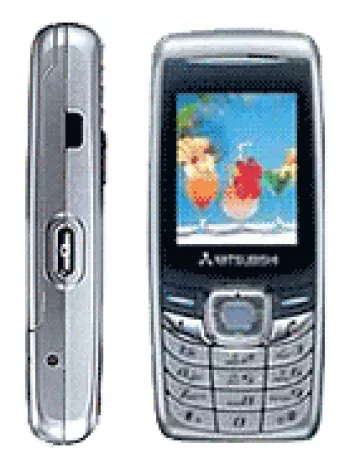
Overview
The Mitsubishi M350 is a feature phone that marked its presence in the tech industry during the mid-2000s. Announced in the second quarter of 2004, this device catered to users who required essential mobile functions without the complexities of modern smartphones. Although it has been discontinued, the M350 remains a testament to the transitional era of mobile phones, offering a glimpse into the technological aspirations of its time.
Design and Build
With dimensions measuring 107 x 47 x 20 mm and a weight of 99 grams, the Mitsubishi M350 was designed to be compact and portable. Its metallic silver finish provided a sleek aesthetic, while the durable build ensured that the device could withstand daily use. The phone was equipped with a Mini-SIM slot, typical of the devices of that period.
Display
The M350 featured a TFT display supporting 256K colors, which was quite advanced for its time. The resolution stood at 128 x 160 pixels, accommodating seven lines of text, making it suitable for reading messages and viewing simple graphics. Although not comparable to today's screens, the display was more than adequate for the tasks it was designed to accomplish.
Camera
At a time when mobile photography was still in its infancy, the M350 offered a VGA camera with a resolution of 0.3 megapixels. While this may seem minimal by today's standards, it was considered a valuable feature for capturing spontaneous moments on the go. The device did not support video recording, focusing solely on still photography.
Connectivity
The Mitsubishi M350 operated on GSM 900/1800 bands and supported GPRS Class 8 for internet connectivity. It lacked advanced connectivity options such as Bluetooth, WLAN, and GPS, common in later models. However, it did include an infrared port for data transfer, demonstrating the device's utility in an era before widespread wireless connectivity.
Battery Life
Fitted with a removable 900 mAh Li-Ion battery, the M350 offered sufficient battery life for its modest feature set. The removable nature of the battery provided users with the flexibility to replace it when necessary, adding to the device's longevity.
Memory and Storage
The internal memory of the M350 was limited to 5MB, with no option for external storage expansion. This storage capacity allowed for basic functions such as storing contacts, messages, and a few polyphonic ringtones. The phonebook could handle 255 entries, each with six fields, sufficient for most users during that period.
Sound and Alerts
The device supported downloadable polyphonic ringtones, allowing users a degree of personalization. While it did not feature a 3.5mm headphone jack, the built-in loudspeaker enabled users to experience audio content directly from the device. The vibration alert was a key feature, ensuring that users wouldn't miss calls and notifications in noisy environments.
Messaging and Applications
Text communication was facilitated through SMS, MMS, and email, utilizing the WAP 1.2.1 browser for internet connectivity. The phone also supported Java for basic applications, including two pre-installed games. This functionality was sufficient for users seeking reliable messaging and light entertainment.
Durability and Miscellaneous Features
Despite its limited feature set, the Mitsubishi M350 was built to withstand everyday wear and tear. Its robust construction ensured that it could handle the rigors of daily use. Available in metallic silver, the device exuded a professional appearance, appealing to business users and casual consumers alike.
The Legacy of the Mitsubishi M350
The Mitsubishi M350 stands as a representative of the transitional period in mobile technology, bridging the gap between basic mobile phones and the more advanced smartphones that would come to dominate the market. While it may not offer the technological prowess of contemporary devices, the M350's focus on simplicity and functionality made it a reliable choice for its time. As technology continues to evolve, devices like the M350 offer valuable insights into the development of mobile communication, serving as a reminder of the industry's humble beginnings and the continuous drive toward innovation.
Key Features of Mitsubishi M350
- Compact and lightweight design with dimensions of 107 x 47 x 20 mm and weight of 99 g.
- TFT display with 256K colors offering vibrant visuals.
- Incorporates GSM 900/1800 technology for basic connectivity.
- Support for SMS, MMS, and Email messaging.
- Comes with an Infrared port for data exchange.
- Java support for running applications.
- Removable Li-Ion 900 mAh battery for easy replacement.
Drawbacks of Mitsubishi M350
- Lacks EDGE connectivity and only supports basic GSM and GPRS.
- Discontinued status means it is no longer officially supported or sold.
- No support for expandable memory with no card slot; limited to 5MB internal memory.
- Basic VGA main camera without video capabilities and no selfie camera.
- No 3.5mm headphone jack, which limits audio accessory compatibility.
- Missing modern communication features like WLAN, Bluetooth, and GPS.
- No built-in radio feature.
- Limited display size with resolution of only 128 x 160 pixels.
View Also
More Phones
All Rights Reserved +14266 Phones © Mobilawy 2025














